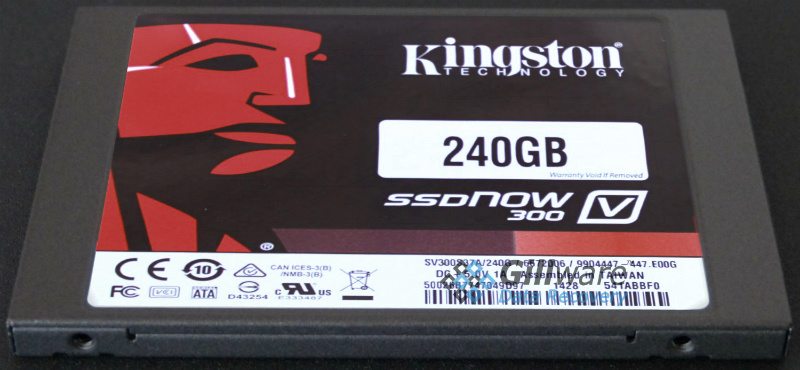What is a Solid State Drive?
A SSD or Solid State Drive helps store data. SSD drives are quite unique to other drives because they offer quick access to data. What’s more, these drives reduce power consumption, increase reliability, and are not noisy. Today, users prefer solid state drives instead of ordinary hard disk drives because of high-speed data transfer and processing. Professionals such as graphic designers, game developers, and film producers use SSDs because of their excellent efficiency.

Solid State Drives vs. Hard Disk Drives
When it comes to raw speed, SSDs are faster than HDDs. Many people compare the sequential speed of both these flash memory devices and say they are similar. However, the reality is that they are quite different. You will recognize the difference when you copy large files on your laptop or PC.
SSDs are all about little data transactions that happen all the time. For instance, when you launch, download, or transfer a file is when SSDs can work their magic. Also, when it comes to system responsiveness any modern SSD will outperform HDDs.
That said, if you want to store lots of data, that’s where hard disk drives come out on top. You can purchase either a 256GB SSD or a 4TB HDD for $160. This means that you can get a 16 times larger hard drive for the same amount. That’s the only reason people still use HDD for their computers.
History of the Solid State Drive
Today Solid State Drives are a fast and dependable storage medium for heavy workloads. However, this wasn’t always the case. Like any emerging technology, there were many bumps along the way for SSD maturity. Let’s understand how SSDs have come a long way.
When looking at SSDs timeline, we can break it into distinct periods. This includes Stones Age, Iron Age, and Modern Age. Let us discuss these ages briefly.
The Stone Age of SSDs
The Stone Age started with the launch of Intel X25 in 2008. When SSDs first became available, professionals had great expectations. It was surprising even for experts that a device moving at the speed of NAND doesn’t have moving parts. But, during the 2008 to 2010 period, experts weren’t happy with the performance of the device. Although it was fast, there were quite a few limitations. Also, the first drives were small and had limited endurance.
The Iron Age of SSDs
In 2011, the Iron Age began with quick, fast, and fascinating products. However, people started facing complications and confusion when too many products were entering the market. While some SSD devices were good, others didn’t meet the users’ expectations. Also, users were still struggling to understand the pros and cons of Solid State Drive. For instance, users didn’t know how much writing endurance they need. Also, they were confused about whether they needed SLC, MLC, or NAND-based drives. Eventually, however, people started to understand the uses of SSD for database workload and online transaction processing.
The Modern Age of SSDs
After a bunch of tweaks and changes, SSDs have evolved significantly. Until this point, there were a few issues left with SAS protocols, SATA, and smart support.
Now drives have solid protocol support, consistent performance, and advanced garbage collection. These features changed the reputation of SSDs in the market and took these devices to the mainstream. Today, some drives have a write endurance of more than 30 writes a day and have a capacity of up to 4 TB. The price per GB is continuously dropping making SSDs even more affordable to every day consumers.
Different Types of Solid State Drives
There are five common types of SSD devices available depending on functionalities, interfaces, and form factors. These types are:
- SATA SSD has the same connector type and size as traditional HDD. This model is consistently upgrading. That’s why it has three versions.
- M.2 SATA SSDD is the latest technology with a small printed circuit board.
- You can use mSATA SSD for laptops, mobile devices, and ultra-compact computers.
- Computer systems with PCIe interface use M.2 PCI-E SSD.
- M.2 NVMe SDD has a higher speed than the SATA SSD.
Pros and Cons of Solid State Drives
Pros of SSDs:
- SSDs are durable and shock-resistant devices. Since these storage devices don’t have moving parts, they can handle heat better than HDDs.
- The device makes less sound than the HDD because they don’t contain spinning or moving parts.
- They require less power to process significant amounts of data.
- It allows accessing large files.
- SSDs come in different varieties.
- These devices offer better performance and responsiveness.
Cons of SSDs:
- SSDs are expensive.
- The data recovery process can be expensive because damaged chips cannot be recovered.
- SSDs, especially that use NAND memory-flash chips allow a limited amount of writes.
In Conclusion
Now that you understand what a solid-state drive is, let’s understand what the future holds for this device. According to Statista, the shipment of SSDs surpassed the total number of HDDs shipped in 2021. This means that computer users prefer SSD over HDD because of durability, high performance, and longer product lifetime. It would be fair to say that in the future, more people will use SSDs instead of HDDs. Continued reduction in prices and increase in storage capacity along with more resilient and faster drives means that more and more people will opt for SSDs.
